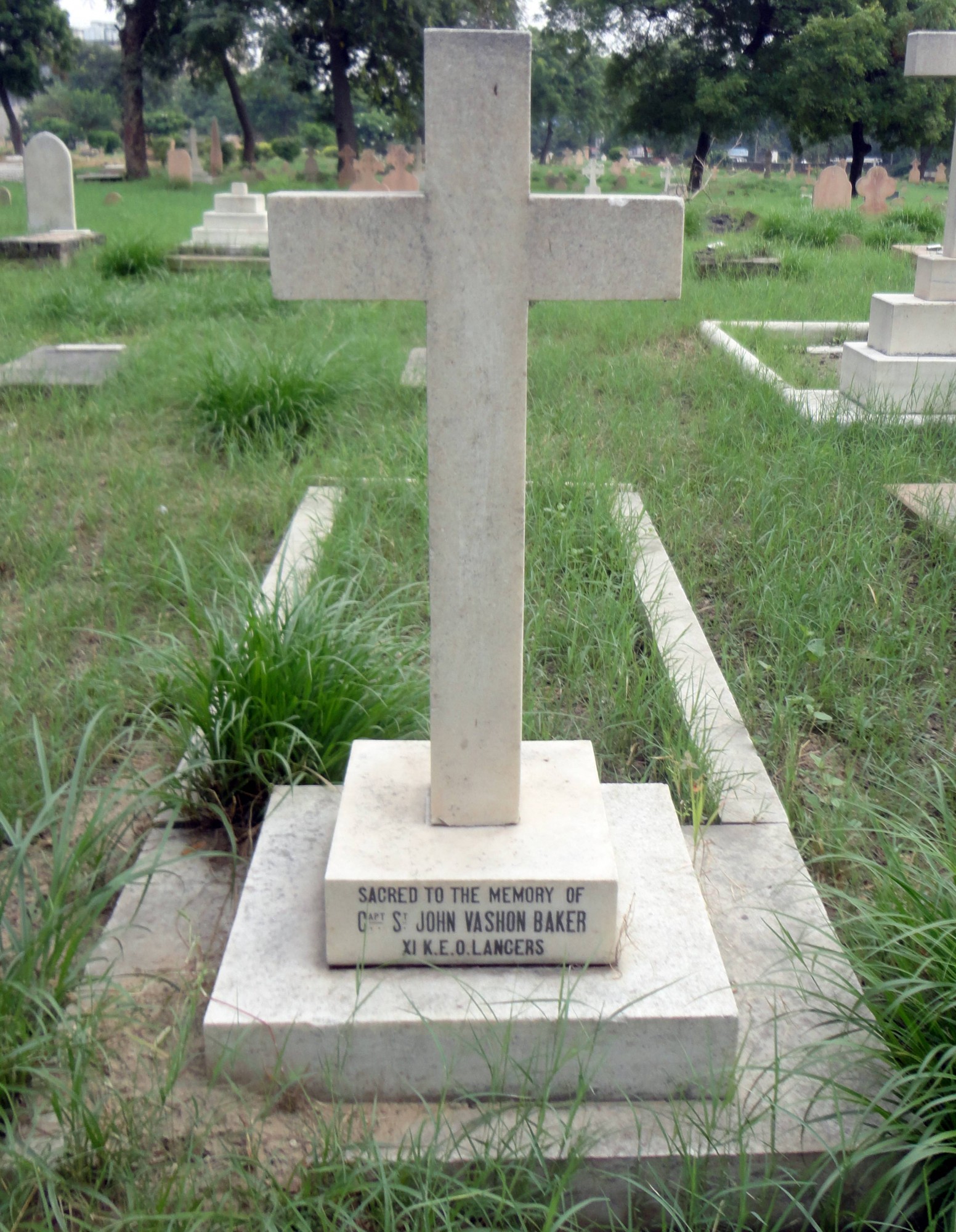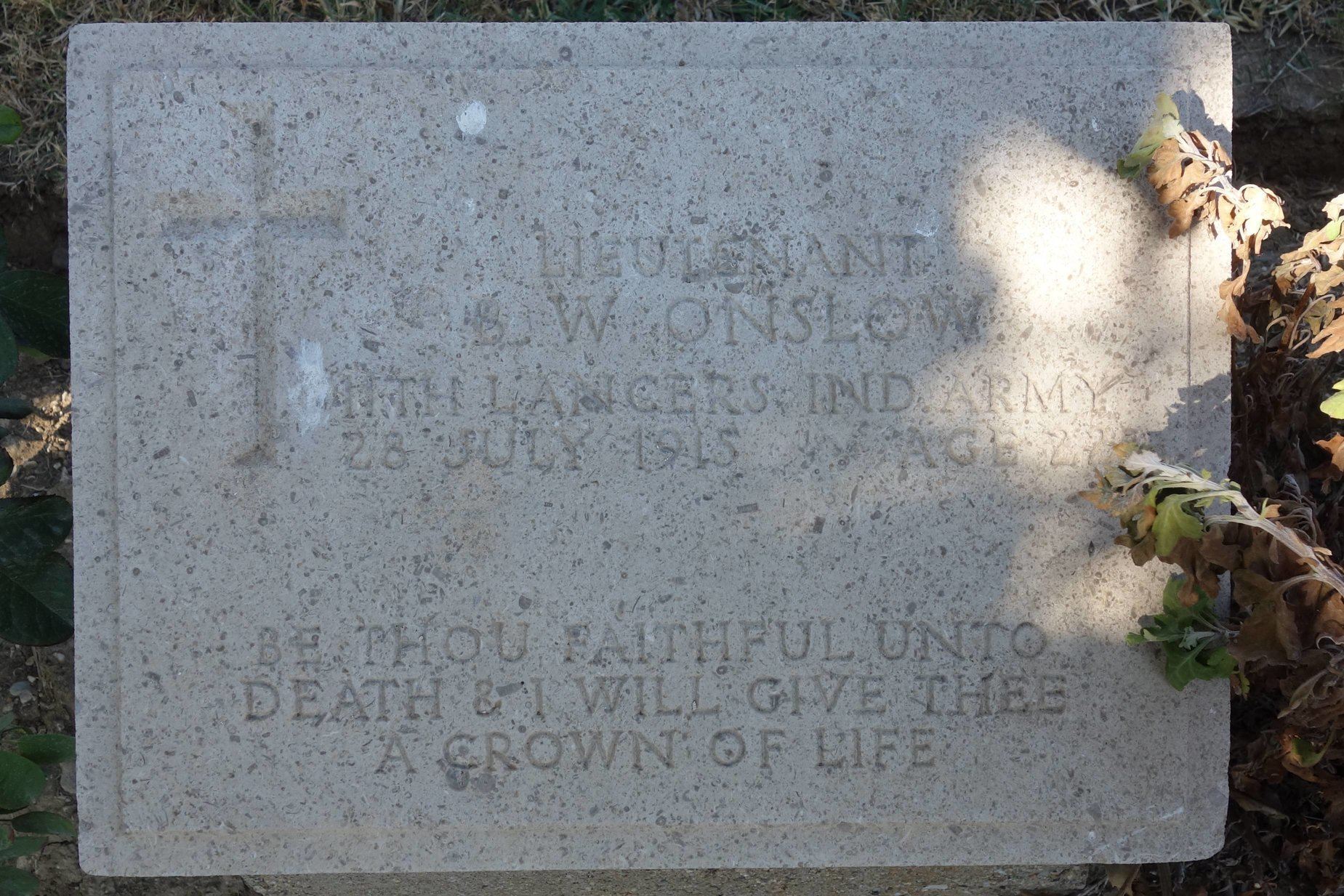This article looks at the 11th (King Edward’s Own) Lancers (Probyn’s Horse) and will help you to research the Regiment and the officers and men who served with it. This page is one of a series of guides to help you research the Indian Army which can be viewed by clicking on the link below:
The 11th (King Edward’s Own) Lancers (Probyn’s Horse)
Lineage: Raised by Captain F. Wale at Lahore in 1857 and initially known as Wale’s Horse, it became the 1st Regiment of Sikh Irregular Cavalry in September 1857. Later the Regiment became known as Probyn’s Horse and in 1861 became the 11th Regiment of Bengal Cavalry. Then in 1864 the 11th Regiment of Bengal Cavalry (Lancers), the 11th Regiment of Bengal Lancers in 1874, the 11th (the Prince of Wales’ Own) Regiment of Bengal Lancers in 1876 and the 11th (the Prince of Wales’s Own) Bengal Lancers in 1901. Then the 11th Prince of Wales’s Own Lancers in 1903, the 11th Prince of Wales’s Own Lancers (Probyn’s Horse) in 1904 and the 11th (King Edward’s Own) Lancers (Probyn’s Horse) on 1 January 1906. The Regiment was amalgamated with the 12th Cavalry in 1921 to form the 11th/12th Cavalry which became the 5th King Edward’s Own Probyn’s Horse in 1922.
Composition in 1914: 2 Squadrons of Sikhs, 1 of Dogras, 1/2 of Punjabi Musalmans and 1/2 of Pathans.
Location in July 1914: The 11th (King Edward’s Own) Lancers (Probyn’s Horse) was stationed at Delhi having arrived from Rawalpindi (Punjab, Pakistan) on 28 November 1909.
The 11th (King Edward’s Own) Lancers (Probyn’s Horse) was stationed at Delhi when the First World War broke out in August 1914. The Regiment was inspected by Brigadier-General J. M. Edwards, Commanding Meerut (Cavalry) Brigade on 19 January 1914:
Drill, manoeuvre, musketry and signalling satisfactory. Stable management might be improved on, the horses being in poor condition but of good stamp. Mules are satisfactory on the whole. Arms and equipment satisfactory. Discipline, judging from the number of summary awards and red ink entries, is not what it out to be compared with other silladar regiments.
General turn-out on parade not as good as it ought to be. Training has been carried out this year under considerable disadvantages owing to absence of many of the senior offices. For instance, two squadrons were being put through squadron training by officers of 3 years’ service. No regiment can be up to the mark under such circumstances. Nevertheless this regiment is a fine one in many respects and is fit for service.
Confidential review reports on Indian Army units for 1913-1914: IOR/L/MIL/7/17023
War Diaries of the 11th (King Edward’s Own) Lancers (Probyn’s Horse)
There are three war diaries for the Regiment and all are available to download for a small fee from the National Archives’ website. To download the war diaries click on the blue link below.
- Date: September 1917 – June 1918
- Headquarters and Troops: Kut-El-Amarah
- Reference: WO 95/5024/3
- Notes:
- Date: June – December 1918
- 6th Indian Cavalry Brigade
- Reference: WO 95/5086/4
- Notes:
- Date: January 1919 – April 1920
- 3rd Indian Cavalry Brigade
- Reference: WO 95/5084/3
- Notes:

I can’t express to you what all the Regiment and myself are feeling for you at the present time, and how much we wish to send our most sincere sympathy . . . and only wish that we could help you. The only way we can try to do so is to tell you what a real loss the Regiment has sustained. We feel, and truly so, that we have lost one of our very best Officers and comrades, a loss which is quite irreparable. Everyone in the Regiment, both British and Indian, is mourning for him.
Below is the grave of another officer of the Regiment, Lieutenant Brian Walton Onslow, who was killed in action at Gallipoli while serving as Lieutenant-General Birdwood’s Aide-de-Camp. Onslow was buried at the Beach Cemetery and I have written a separate article about the cemetery here: Beach Cemetery Gallipoli.
Further Sources for the 11th (King Edward’s Own) Lancers (Probyn’s Horse)
A good source of information concerning the 11th (King Edward’s Own) Lancers (Probyn’s Horse) and the British officers who served with it are its confidential reports held at the British Library: Confidential Reports on Regiments etc. These reports also contain the annual confidential reports of the British officers who served with the Regiment. However, when the 11th Lancers was abroad only the British officers who were serving with its Depot were reported on. For information regarding the British and Indian officers who served with the 11th (King Edward’s Own) Lancers (Probyn’s Horse), the Indian Army List can be consulted.
Regimental History: The History of Probyn’s Horse (5th King Edward’s Own Lancers) by Major C. A. Boyle and A History of the XI King Edward’s Own Lancers (Probyn’s Horse) by Capt E. L. Maxwell. Neither of these books have been reprinted and I haven’t seen a copy.


